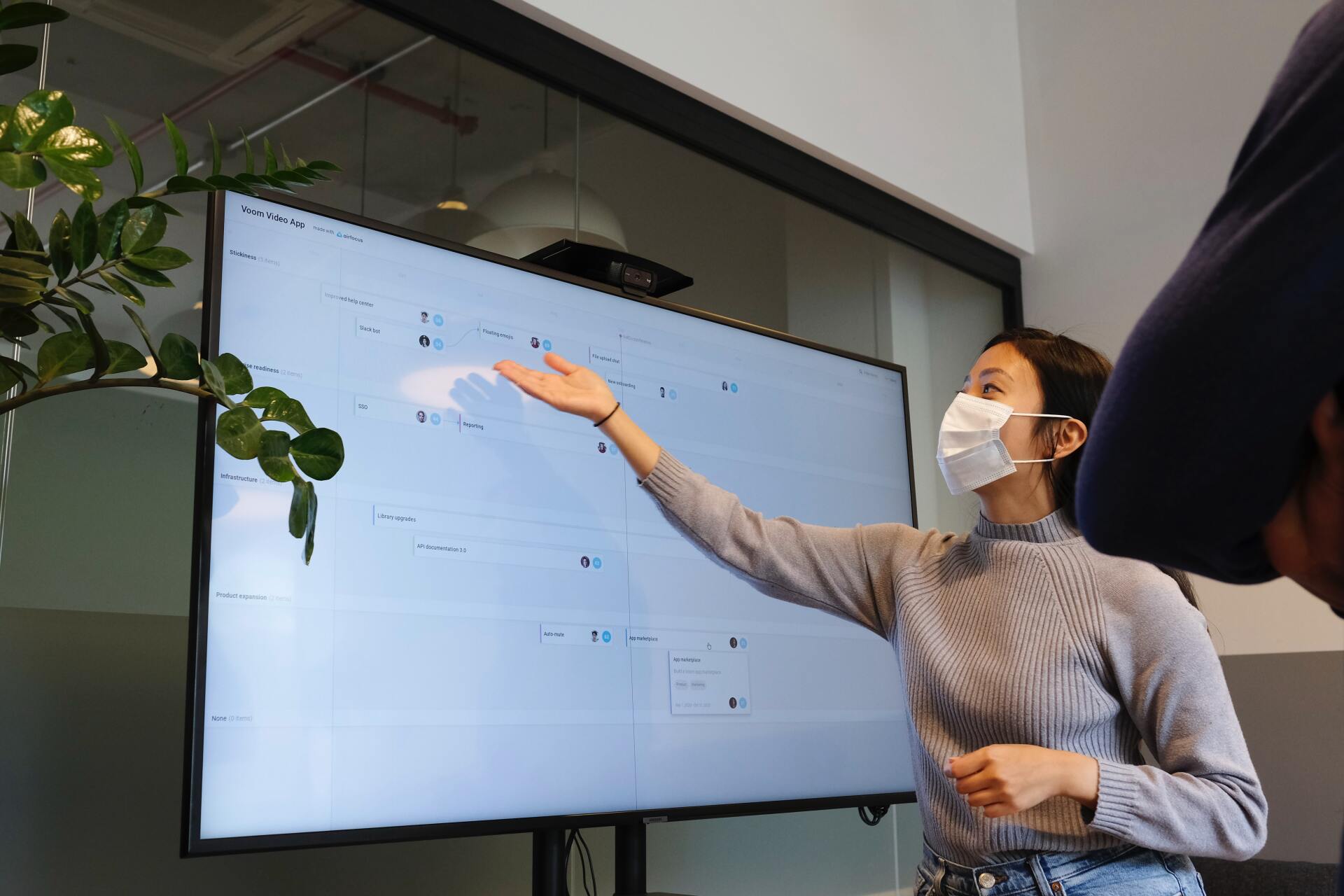555-555-5555mymail@mailservice.com
Google My Business Optimization: 7 Essential Steps to Success

Today, there are countless ways to build awareness for your local business. Some are more effective than others, though. If you have a brick-and-mortar store or if you’re a service provider who owns a business, you may be able to make money from home. However, starting a business from home isn’t as simple as many people think. You need to consider several factors before you start. It’s never too early to start thinking about the next generation of e-commerce. As online shopping becomes more popular and more convenient, we expect that online sales will continue to grow exponentially.
That’s why Google My Business (GMB) is so important. If you want to rank for local keywords in Google, GMB is one of the best ways to do it.
What is Google My Business?
Google My Business (GMB) is a free tool to help you get found online by Google and other search engines. It’s free and easy to use, so it's perfect for small businesses who want to list their business information on Google. You can also use it to add, edit or delete your Google listing at any time.

Why Google My Business is Important for Small and Big Business Owners
Let us give you a quick overview of Google My Business and why it’s essential to every business owner. If you haven’t signed up for GMB yet, you should definitely do so. It’s free. Google is the king of search. They also dominate organic search results. Having a listing in Google Maps helps bring more visitors to your site because it can help customers find you, while also providing them with detailed information about your business. These reviews and ratings help you increase your conversion rate and better compete with your competitors, so it’s in your best interest to have a business listing. It’s also important to have a local page on your website. The pages are search engine optimized, meaning they rank better for local searches. If you don’t have a local page, it’s very likely that you’re losing potential customers.
Google My Business has been called a “crowd favorite,” but its success depends on a number of factors, including optimization. If you want to increase your search visibility and improve your chances for local search results, you need to follow these 7 steps.
1. Add details about the company to Google My Business.
One important step that every business owner must do is to update your company's Google My Business information. It is necessary for customers and clients to know who you are. It is very important that you tell them everything that they need to know about you. This includes your address, your hours of operation, your business phone number, etc. If you don't tell them these things, they might have difficulty reaching you or finding you.
2. Set up your website or social media profile to link back to Google My Business.
Linking back to Google My Business is a smart idea because it tells Google that your business is listed on Google. People who search for information about your business will find your business through Google. This is the perfect way to promote your business and get more traffic to your website. Linking your Google My Business to your website will also help it to rank higher in Google searches. When people go online to search for your business, they will see your business information. When they click on your website, they will be taken to your Google page. Make sure that your Google Page shows up when people do searches for your business. And a lot of customers and clients are on social media sites, and it is very important that you are able to find them on Google as well.
3. Add photos of your storefront and business.
In order to help customers find your business online, it is a good idea to add some information to your store's listing. One way to do this is to add photos of your storefront and your business. You can do this by going to Google.com and typing "Google My Business." You will then be able to find your business listing online. You can also add photos of your storefront and your business by clicking on "Edit business information." From here, you can add photos to your listing. Click on the icon that says "Photos" on the top of your page. From there, you can add photos of your storefront and your business.
4. Upload a Google map with directions.
This can be a good way to get directions for restaurants, stores, etc. to your clients. You can also get tips on how to find these places. People use Google maps when they are traveling. They might not have a printed map, so they use Google Maps to navigate. This is a great way to get in touch with your clients. They can search for anything and you can provide them with the information they need.
5. Ask for customer reviews, ratings, and more.
If you are looking for a place to eat out, you first check out what customers have written about the restaurant you want to eat at on Google, right? You might even find a place to eat that has great reviews.
When you have a local business, it is important to have positive reviews on Google. Many customers will rely on Google reviews when deciding whether to go to a specific restaurant or shop. If a person reads negative reviews, they might not trust your restaurant or shop. When people read your reviews, they will make an informed decision whether to patronize your business or not. If you have bad reviews, it is your responsibility to resolve these problems.
6. Add updates regularly.
If your business is physical, you can include pictures of the items you sell. If your business is online, you can include images of your website. You can even upload videos of your business and add your latest blog posts redirecting to your website. There is no set amount of time that you should use on this feature. Just put in the effort that you think is needed. You can make changes to your Google My Business account whenever you feel the need to. The information that you post on your Google My Business account will appear on both local and non-local search engines. It will also be posted on your Google Maps listing. All of this will help your business to be found on Google.
Ultimately, if you have good content, people will be attracted to you. This is another way to advertise your business.
7. Promote locally.
People use Google to search for local businesses and services. Local businesses will help your local community grow and thrive. This is the best way to promote your business. A local business is a trusted business because they have been doing business in the community for a long time. You can find out more about local businesses on Google.com/business/local. The key to local businesses is that they focus on the community they serve. They will focus on the customers and the people who live in the area. They will make sure that they provide great customer service. If you want to promote your local business on Google, you can use the Google My Business tool. This tool will help you to create a great local business page. All you have to do is to create an account, add your business, and start promoting it. This can help you to increase your sales and attract new customers.
Google My Business optimization may be a long-term process, which takes time and patience. You will need to optimize your listing on a regular basis to maintain visibility. Also, you need to make sure you are using all the tools provided by Google to promote your listing and get it ranked on the search engine results page. But if you want to have a thriving online business, you need to invest in it. So why not try to optimize your brand on GMB so that you can reap the benefits of increased traffic, exposure, and conversions? It’s absolutely worth it and free!
Ahumka Digital builds pixel perfect, fixed price websites for SMEs, as well as providing a suite of digital products including SEO, Social Media Management, Cybersecurity and more.






SEO
Social media management
Video marketing
WiFi marketing
Private social networks
Branding
Logos
Reputation management
All Rights Reserved | Ahumka Digital
We use cookies to ensure that we give you the best experience on our website. To learn more, go to our Privacy Page.







